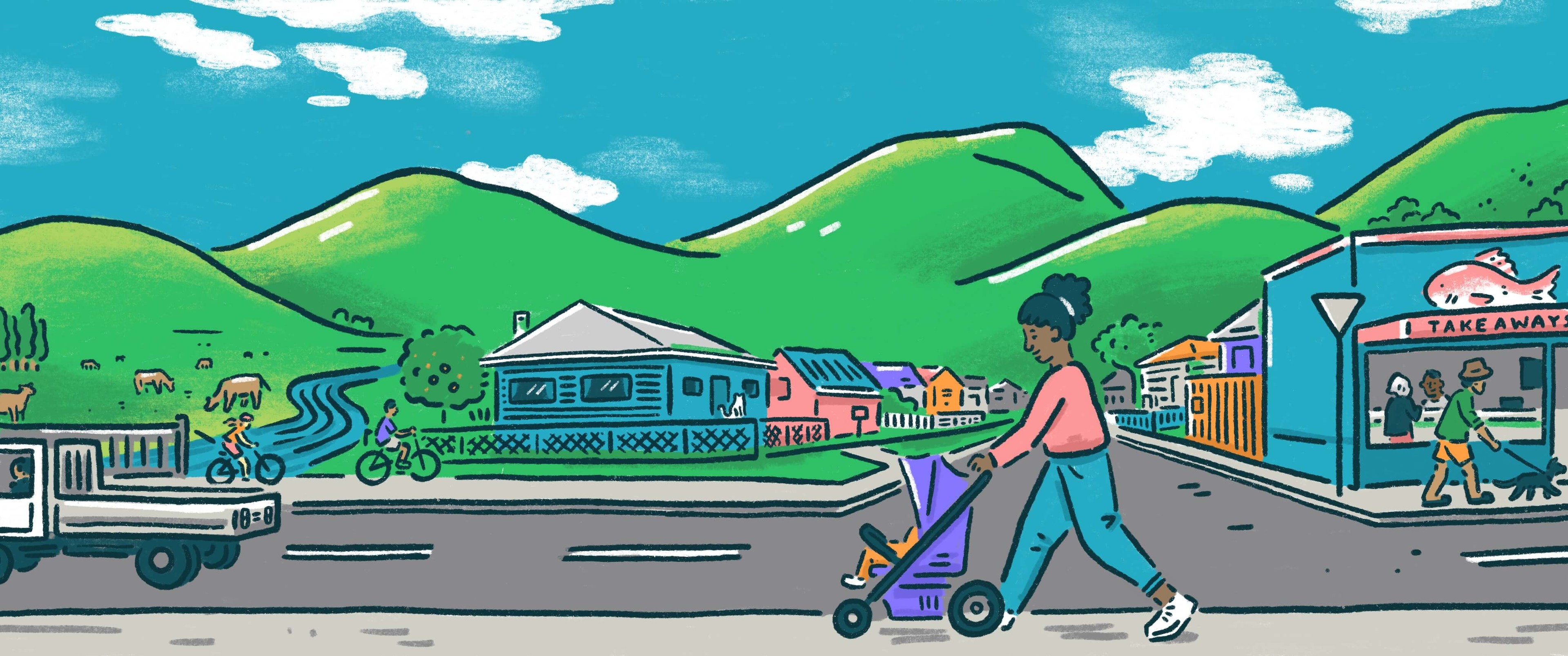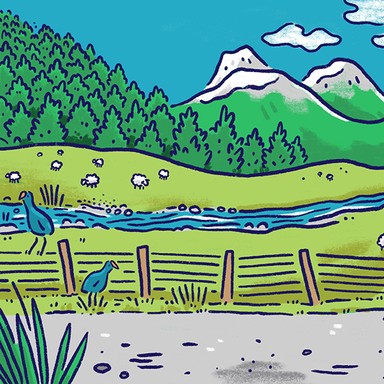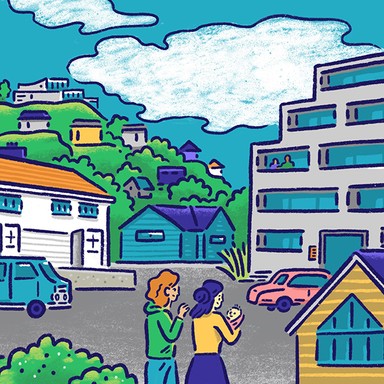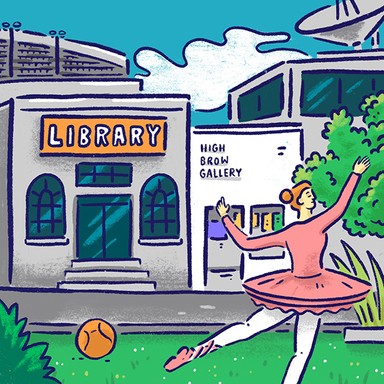
Whakatāne District Council

Transport
Helping communities get from A to B is a key responsibility of local government, from making sure the buses run on time to providing car parking and walking and cycling paths. Whether public transport is the responsibility of the regional or local council depends on where you are in the country. Local councils also own 87% of New Zealand’s roads.

Transport
Helping communities get from A to B is a key responsibility of local government, from making sure the buses run on time to providing car parking and walking and cycling paths. Whether public transport is the responsibility of the regional or local council depends on where you are in the country. Local councils also own 87% of New Zealand’s roads.
Continue work on building (e)bike paths on a loop connecting Whakatāne, Awakeri, Edgcumbe, Thornton, and Matatā.
Include a strategic assessment of the transport network in the spatial plan, including a proper business case for another bridge.
Advocate to Waka Kotahi to fix some of their poorly maintained roads, eg to Te Waimana.
Urgent development of walking and cycling infrastructure to enable transport mode shift for healthier communities.
Work with the regional council and community groups to improve public transport options.
Continue discussion with Waka Kotahi regarding safer roads and the potential need for a second bridge.
Continue work on building (e)bike paths on a loop connecting Whakatāne, Awakeri, Edgcumbe, Thornton, and Matatā.
Include a strategic assessment of the transport network in the spatial plan, including a proper business case for another bridge.
Advocate to Waka Kotahi to fix some of their poorly maintained roads, eg to Te Waimana.
Urgent development of walking and cycling infrastructure to enable transport mode shift for healthier communities.
Work with the regional council and community groups to improve public transport options.
Continue discussion with Waka Kotahi regarding safer roads and the potential need for a second bridge.
Mayor
Compare the mayoral candidates in your area
Local council
Compare the candidates for your city or district council
Regional council
Compare the candidates for your regional council
Local board
Compare the candidates for your local or community board







